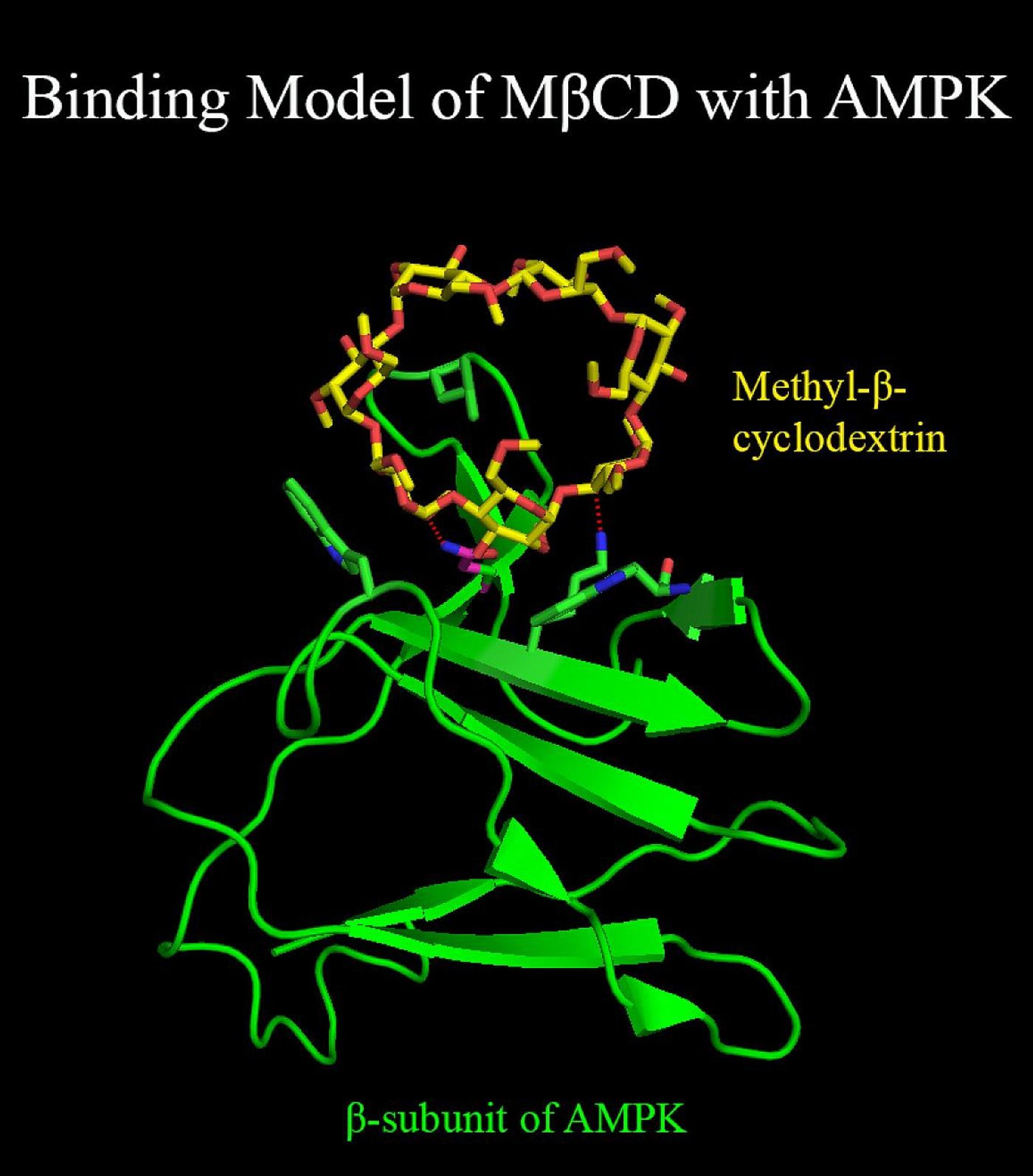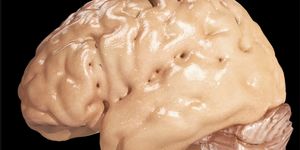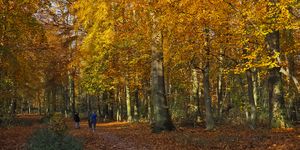Understanding Disease Through Drug Mechanism
Using a compound that is very similar to an investigational drug, researchers at the National Center for Advancing Translational Sciences (NCATS) have learned more about a fatal genetic disorder called Niemann-Pick type C1 (NPC1). In this rare disease, fats and cholesterol build up in the liver and brain - a feature that has been associated with serious neurological dysfunction. The compound utilized by the investigators helped ameliorate that accumulation by inducing a cellular recycling mechanism. This work was reported in the journal Autophagy and will provide useful data to researchers studying other neurodegenerative diseases like Alzheimer’s and Parkinson’s.
"We've shown that a compound very similar to the repurposed drug currently in clinical testing in patients actually turns on an enzyme that jumpstarts the cell's waste disposal system to reduce cholesterol in cells," explained the co-corresponding author of the report Wei Zheng, Ph.D., a scientist at NCATS. "This process, called autophagy, is what cells use to recycle their trash. The process malfunctions in NPC1 and a number of neurodegenerative diseases, making the AMPK enzyme a potential target for future drugs."
When lipids and cholesterol build up in the spleen, liver, and brain of NPC1 patients, it causes slurred speech, impaired movement, seizures, and dementia. This disease is ultimately fatal, usually in a patient’s teens, although there is another form of the illness that is later onset, impacting young adults.
There is a drug in Phase 3 clinical testing in patients, 2-hydroxypropyl-β-cyclodextrin. Previous studies showed success; lipid and cholesterol levels were reduced, the disease had a later onset, and symptoms were eased. The mechanism of the drug was a mystery, however. The research team, led by Zheng, co-corresponding authors Juan Marugan, Ph.D., at NCATS and Daniel Ory, M.D., at Washington University School of Medicine in St. Louis, used another very similar compound that has higher potency, methyl-β-cyclodextrin.
Using cells obtained from NPC1 patients, the scientists discovered the compound could bind AMPK, activating it and autophagy, leading to decreased cholesterol in NPC1 cells. After blocking AMPK activity, and stopping methyl-β-cyclodextrin from activating the enzyme, cholesterol levels were not reduced in NPC1 cells. The investigators also determined that compounds which turn AMPK on lead to similar cholesterol reduction in NPC1 cells. AMPK could, therefore, be an attractive drug target for NPC1 treatment.
"Our findings provide important new insights into the mechanism of action by which cyclodextrin reduces cholesterol buildup in NPC1 cells and eventually restores a balance," said Marugan, acting branch chief of the NCATS Chemical Genomics Center.
"This work is a great illustration of the bi-directional nature of translation - certainly basic science insights can lead to new interventions, but the reverse is equally true," commented co-author Christopher P. Austin, M.D., NCATS Director. "Rather than building on the basic science studies to develop a therapy, in this case, we're taking an experimental drug in clinical testing and picking apart how it works."
This work could help our understanding of other diseases as well. "Malfunctions in the autophagy process have been reported in other lysosomal storage diseases, in addition to diseases such as Parkinson's and Alzheimer's diseases," Zheng said. "Understanding how the drug works may enable us to develop a new generation of anti-NPC1 drugs, and perhaps new drugs against other lysosomal storage and neurodegenerative diseases." It is still unknown, however, whether the investigational drug works in the same way, Zheng noted.
Sources: AAAS/Eurekalert! Via NIH, Autophagy









